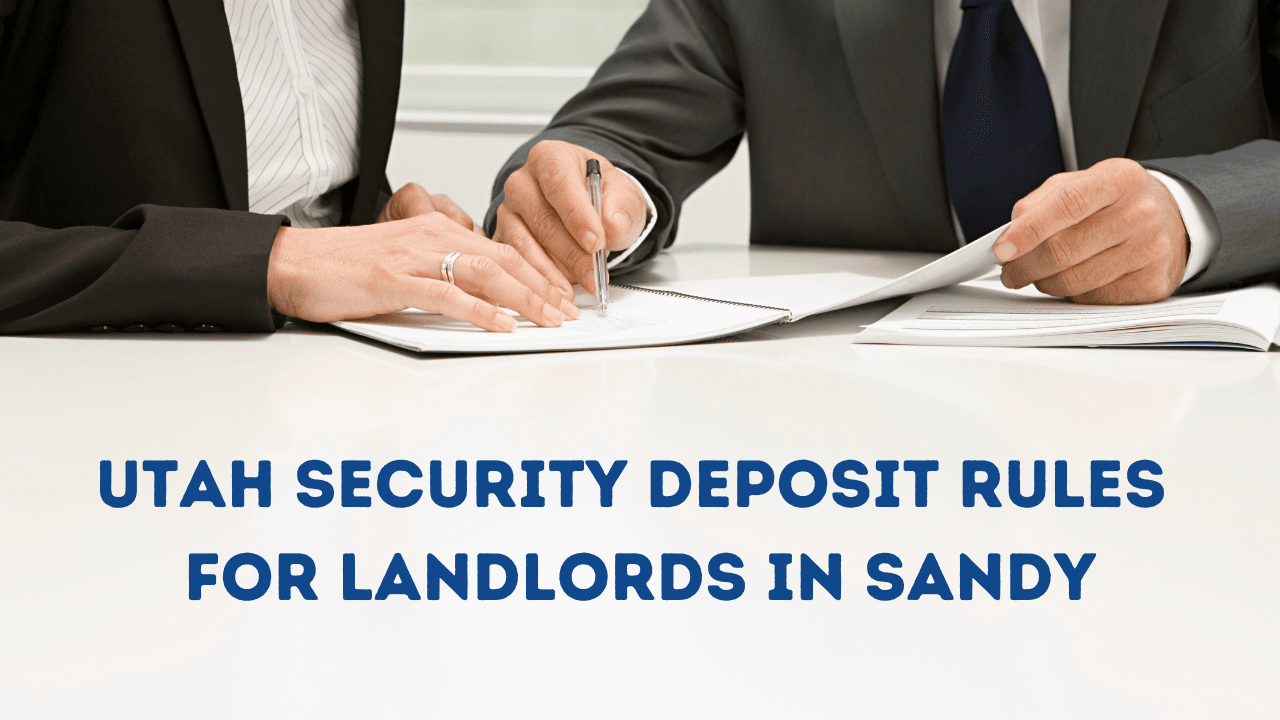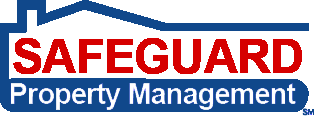
It’s easy to make a mistake when you’re renting out a Sandy property, and one of the areas that’s especially open to disputes and conflicts is security deposits.
Utah has laws that mandate when security deposits need to be returned to tenants and what you can charge when you’re inspecting the property once it’s vacant. Document everything and pay close attention to the requirements. Even an unintentional error can result in a tenant claim that may come with steep financial penalties.
Safeguard is recognized as a leader in Salt Lake City property management. We provide residential rental management services to owners of single-family homes, townhouses, condos and duplexes throughout Salt Lake County and the northern portion of Utah County.
Today, we’re taking a look at some of the most critical things to know when you’re managing your security deposit in Utah. Remember that the best way to avoid mistakes is by working with a professional property management company. We understand the security deposit laws and best practices, and we’ve been dealing with deposits for many years.
Collecting a Security Deposit in Utah
Unlike other states, Utah does not limit the amount of a deposit you can charge. Best practices indicate that collecting the equivalent of one month’s rent is usually acceptable.
It’s important to disclose if the deposit or any part of it is non-refundable. Your lease should reflect whether there is a non-refundable cleaning deposit, for example.
Timelines for Security Deposit Return
There are strict deadlines for getting the security deposit back to your tenant.
Landlords in Sandy have 30 days to provide a full refund of the deposit, or a partial refund with a written explanation of what was withheld. If you’re not returning any of the money, you also need to send details about why you made that decision.
Send the refund and/or the explanation to the tenant’s last known address. Hopefully, your resident left you a forwarding address before leaving. This is their obligation, so if you don’t have a forwarding address, send it to the address you have so it can be forwarded.
Make sure your list of deductions is itemized. You’re required to tell tenants exactly why you withheld some or all of their deposit. Include documentation including photos or invoices.
Document with a Move-In and Move-Out Checklist
 Typically, a tenant’s security deposit will cover any damage left behind. Normal wear and tear is expected, and often the responsibility of the landlord. Those tiny nail holes in the walls cannot be deducted from the deposit. But, large scratches on the floors or broken appliances would be considered damage and can be deducted.
Typically, a tenant’s security deposit will cover any damage left behind. Normal wear and tear is expected, and often the responsibility of the landlord. Those tiny nail holes in the walls cannot be deducted from the deposit. But, large scratches on the floors or broken appliances would be considered damage and can be deducted.
You’ll want to have a reliable and detailed move-in checklist at the beginning of any lease term. Utah law actually requires landlords to give new tenants a copy of the lease and a form to document the condition of the rental property.
This checklist will become important when you’re deciding how to reconcile the security deposit. If your tenant disputes charges at the end of the lease, you’ll need to reference this checklist. You can then demonstrate that the deductions are appropriate because the condition of the unit was acceptable at move-in.
Remember that your tenants have the right to get their deposit back on time, and to have a written list of the damage if they’re not having the full deposit returned. If they feel you have handled the process wrongfully, you can be sued, and you may find yourself paying penalties and legal fees in addition to a full refund of that deposit.
If you’d like some help managing the security deposit process or anything that involves Sandy property management, please contact us at Safeguard Property Management.
